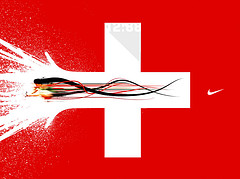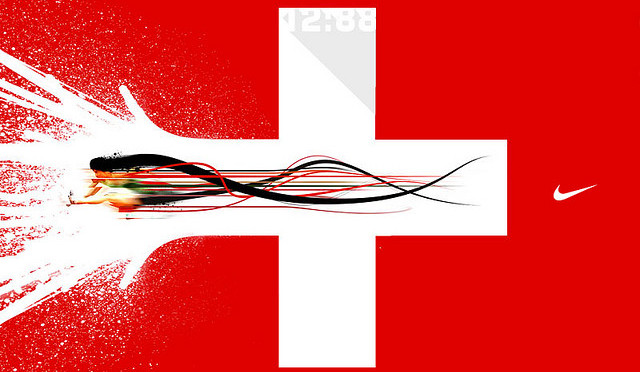In communications, there are those who think strategically and those who think tactically. At my job, we’ve even named our blog Thinkers and Doers to reflect both sides of the coin. Ideally, both sides inform the other. No tactic lives out there on its own (“We need to have a Twitter account because people are talking about twitter!”) without some kind of strategy (or valuable reason for existing behind it). In the same way, having a clever strategy without any specific toolsets identified can languish in ‘thought leadership land’.
Historically, many companies have focused on a ‘message’ as the core unit of visibility. “Just Do It” is a message. “Made From The Best Stuff On Earth” is a message.

Those are all well and good (and have had their time), but these days the opportunities for telling a story are vast. “Just Do It” may not have any meaning on its own (aside from “I know that, thats the Nike tagline”), but pair it with images of Michael Jordan dunking from the free throw line with room to spare, or Tiger Woods—well, maybe that’s a bad example. I would argue that its the story behind the message that has caused “Just Do It” to remain in the cultural lexicon.
The great thing for business is that the internet has opened up an almost infinite opportunity to tell stories to deepen the experience that a person has with a brand. Through the use of video, podcasts, blogs, conversations, and especially by empowering and encouraging those who are already on board to be a part of the storytelling process on behalf of your brand, you have the opportunity to build a story ecosystem for very little cost beyond earning the trust of your customers online through real interactions.
Just imagine the possibilities, of what you could do with that kind of evangelical content, coming from people with no financial stake, just out of love for some aspect of what you do. Just imagine what message that would send to people who could potentially be interested in your product, service, campaign, charity, country.
Just do it.







What’s great about social media and its storytelling potential is that *both* thinkers and doers can take advantage. The thinkers will want to get out ahead of it all and think about what story they want to tell (and why) and set about doing it.
The thinkers, on the other hand, can look at what they’ve been doing and use that to build the story backwards (i.e., when I look at all I have out there, what story is it telling?), and then use that as a basis for figuring out what they want to do more of.
Work with your brain, not against it…and start where you are.
.-= Tamsen´s last blog ..Contribute or complicate? =-.
What’s great about social media and its storytelling potential is that *both* thinkers and doers can take advantage. The thinkers will want to get out ahead of it all and think about what story they want to tell (and why) and set about doing it.
The thinkers, on the other hand, can look at what they’ve been doing and use that to build the story backwards (i.e., when I look at all I have out there, what story is it telling?), and then use that as a basis for figuring out what they want to do more of.
Work with your brain, not against it…and start where you are.
.-= Tamsen´s last blog ..Contribute or complicate? =-.